Generality
Focaccia is the generic term used to indicate a food belonging to the group of bread and derivatives. There are many types, which differ from each other in ingredients, method of preparation and final result; there are sweet and savory focaccias, the latter being much more numerous and widespread than the former.

The basic ingredients of the focaccia are: wheat flour, natural yeast, water and a lipid source (oil or lard). To these can be added: other cereal flours, boiled legume or legume flours, vegetables, fruits, cured meats, cheeses, fish products and eggs. Almost all focaccias require two leavening: one of the primary dough (often already preformed) and the other of the seasoned dough.
The substantial difference compared to bread consists in the higher lipid percentage of the focaccia. It is therefore a fairly caloric food, to be consumed as a single dish, possibly away from main meals and better if in the presence of a good level of overall physical activity.
Nutritional Aspects
The Genoese focaccia is a very energetic food, even if in the table below there are values that DO NOT faithfully reflect the nutritional content of the product. This is because the indirect nutritional translation does not take into account the dehydration that occurs during cooking, but only examines the chemical values of the raw ingredients.
The energy of the Genoese focaccia is mainly supplied by carbohydrates, followed by lipids and finally by proteins. The carbohydrates in question are almost completely complex (starch), the peptides are of medium biological value, while the fatty acids appear in favor of the unsaturated ones. (mainly monounsaturated).
Nutritional values
Composition per 100g of Focaccia Genovese

Edible part
In the Genoese focaccia, which contains oil and not lard, cholesterol is absent and fibers are present in an average quantity.
The only abundant mineral salt is sodium which, on the other hand, is not a desirable nutritional element. In fact, if present in excess, sodium predisposes to the aggravation of arterial hypertension, as well as being a risk factor for some digestive problems.
Even among the vitamins there are no noteworthy nutritional contributions, except for the moderate presence of tocopherols (vitamin E).
The Genoese focaccia is not a suitable food for the diet of the overweight subject, the type 2 diabetic and the hypertriglyceridemic. As anticipated, it is to be avoided in case of arterial hypertension, but in normal weight subjects it does not have aggravating effects on hypercholesterolemia.
The Genoese focaccia contains gluten, which is why it should be excluded from the celiac's diet.
The average portion, if used as a snack, should range between 40 and 50g.
ATTENTION! The recipe used for the nutritional translation shown in the table is to be considered rather "light"; most of the Genoese focaccia that can be found on the market have a quantity of oil that is at least 50% higher.
Synonyms and Recipes
As anticipated, the focaccia can take several different names; some of these are: fogazza, fugassa, pizza, savory pie, white pizza, pinzone, pinza, schiaccia, schiacciata, schiaccina, crescia, crescenta etc.
The best known focaccia is the Genoese one; the ingredients are: type 00 wheat flour, water, malt, brewer's yeast, water, salt and extra virgin olive oil. Also called fugassa, it is the result of one of the simplest recipes ever. It has a golden yellow color, generally rectangular in shape (less frequently "wheel") and about 2cm thick. It is very greasy and quite tasty. Sometimes it can be enriched with thinly sliced onion, olives, cured meats, aromatic herbs and potatoes.
In Recco a slightly different focaccia is produced, made with the addition of cheese; although this last ingredient can also be added to the Genoese focaccia, it characterizes the “fugassa co cheese” of Recco. Another rather similar product coming from not too distant areas is the Novese focaccia.
Totally changing the area, let's mention the focaccia from Bari. This, typical of various municipalities in the Apulia region, differs from the previous ones in terms of the presence of durum wheat flour and the richness of the ingredients used in it: tomatoes, black olives and spices (all together). Obviously, white and simple ones are also produced. The Apulian focaccia was born for the need to exploit the heat of the wood oven which was initially too high; in fact, trying to cook the bread immediately, you would run the risk of burning it on the outside, leaving it raw inside. Let's not forget that the typical bread of these areas is the altamura, a very large size product which therefore requires a lot of attention in cooking.
In Tuscany there is a widespread type of focaccia called schiacciata or schiaccia or schiaccina or ciaccia; also known as Florentine focaccia, it is quite similar to the Genoese one but is generally about 1cm thicker. It is seasoned with oil and salt, and is used to accompany meats and cheeses.
The strazzata is a typical focaccia of the Basilicata region. In addition to the ingredients of the Genoese one, it also contains a part of bran, ground black pepper and sometimes some diced lard. It is called strazzata, because it is broken with the hands. The shape is characteristic; it is round with a hole in the center and is served stuffed with provolone and ham.
In Sicily there is a type of focaccia called vastedda. It is of considerable size and has a circular shape; it can be cooked in the oven or in a (thick) pan even if, in the latter case, a completely different product is obtained.
Then we come to the focaccia which are very different from the Genoese one. The Umbrian-Marche focaccia, called crescia, is much more like a piadina. It has a flattened shape but, unlike the latter, it also contains eggs. The Umbrian-Marche focaccia is less suited to individual consumption and is suitable for accompanying cold cuts, cheeses and cooked grass.
Then there is a totally different one from Crescia Marche. Contrary to the previous one, it is tall, well leavened and of an intense yellow color; is the cheese crescia, a typical Easter food.
Let's not forget the sweet focaccias, of which are typical examples: the focaccia di Susa (Piedmontese), the Venetian focaccia, the Sicilian cuddura etc. These are foods that contain lower concentrations of fats (frequently made up of butter) and greater quantities of sugar or other sweet ingredients (such as raisins, honey, etc.); they almost always involve the use of eggs.
Wholemeal Rustic Focaccia
The video shows how to prepare in a few minutes a light and very crunchy focaccia, with a rustic taste, with wholemeal flour, a little oil, cherry tomatoes, olives and anchovies, ideal to serve as a single dish.
Rustic focaccia with wholemeal flour
Problems with playing the video? Reload the video from youtube.
- Go to the Video Page
- Go to the Video Recipes Section
- Watch the video on youtube
Other Cereals and Derivatives Amaranth Wheat starch Corn starch Rice starch Modified starch Oat starch Bulgur Whole grains Corn Flakes Crackers Oat bran Bran Cus cus Amaranth flour Oat flour Buratto flour Spelled flour Buckwheat flour Corn flour Corn flour Millet Barley flour Quinoa flour Small spelled flour (Enkir) Rice flour Rye flour Sorghum flour Flour and semolina Whole wheat flour Manitoba flour Pizza flour Spelled Rusks Focaccia Nuts Wheat or wheat Wheat germ Burnt wheat Buckwheat Breadsticks Oat milk Rice milk Corn Maizena Malt Millet Muesli Barley Stale bread Unleavened bread and Pita Bread Carasau bread Egg pasta Rice pasta Wholemeal pasta Piadina Small spelled Pizza Pop corn Baked goods Quinoa Rice Basmati rice Converted rice White rice Rice Wholemeal Parboiled Rice Puffed Rice Venus Rice Rye and Horned Rye Semolina Semolina Sorghum Spaghetti Spelled Teff Tigelle Triticale OTHER ARTICLES CEREALS AND DERIVATIVES Categories Food Alcoholics Meat Cereals and derivatives Sweeteners Sweets Offal Fruit Dried fruit Milk and derivatives Legumes Oils and fats Fish and fishery products Salami Spices Vegetables Health recipes Appetizers Bread, Pizza and Brioche First courses Second courses Vegetables and Salads Sweets and Desserts Ice creams and sorbets Syrups, liqueurs and grappas Basic Preparations ---- In the Kitchen with Leftovers Carnival Recipes Christmas Recipes Dietary Recipes Light Recipes Woman's Day, Mother's Day, Dad's Day Functional Recipes International Recipes Easter Recipes Recipes for Celiacs Recipes for Diabetics Holiday Recipes Valentine's Day Recipes Vegetarian Recipes Protein Recipes Regional Recipes Vegan Recipes

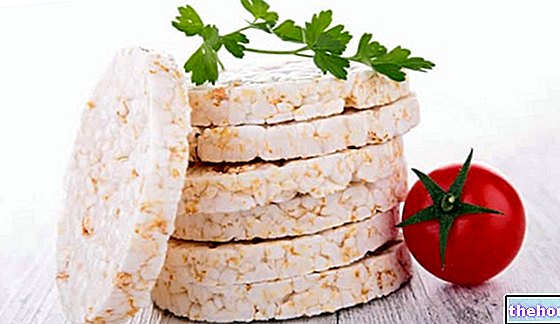
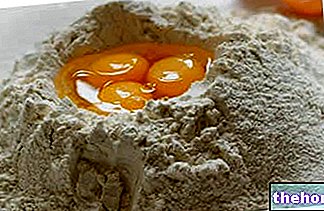
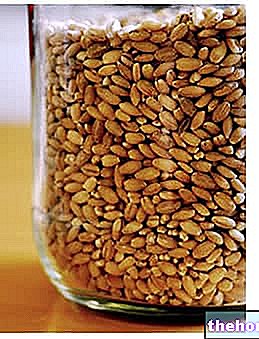
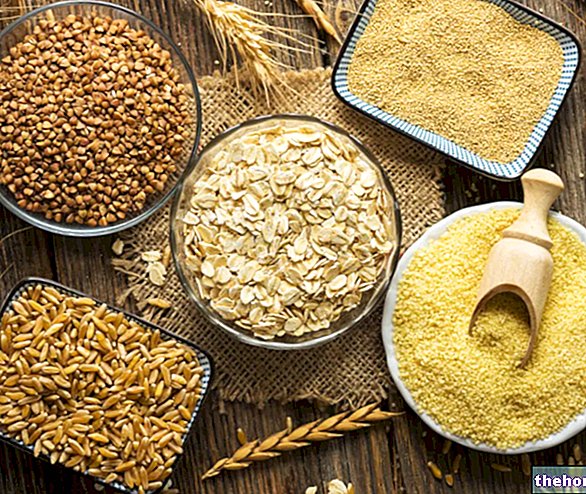
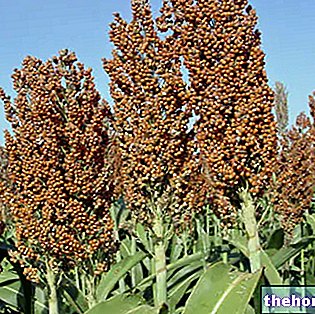
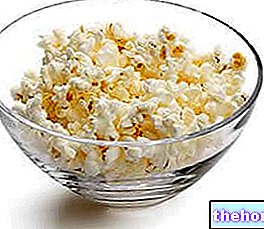









.jpg)











